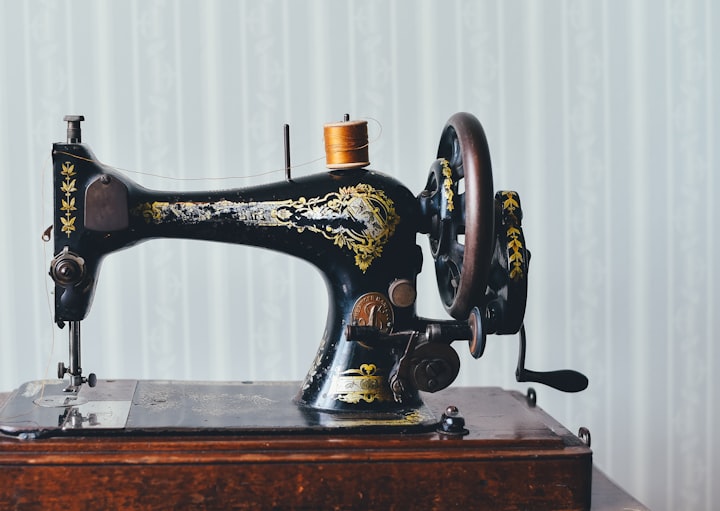Right Place to Store Foods in Your Refrigerator
Keep foods fresh much longer by placing them in the right place in your refrigerator.

Aren't you tired of having to throw out foods that have gone bad even though they were in your refrigerator? You can easily change that situation, according to Martha Stewart and other food experts.
Keep Your Refrigerator Organized
Two important things happen when you put food in the right place in your refrigerator.
- Your refrigerator is organized so you can easily find what you are looking for.
- Your foods will stay fresh longer if you put them in the right place.
It is wise to put foods in the right place instead of just putting foods in any place where there is space. When you put foods in the wrong place, they spoil faster.
Designated Places for Food
Upper Shelves
After ensuring the appliance is set to the correct temperature, use the upper shelves for leftover foods that you can grab and go. Also, use the upper shelves for foods that need no cooking. Store leftover pizza, dips, salads, coleslaw, and potato salad on the upper shelves.
Middle Shelves
Your refrigerator is the coldest and most consistent on the middle shelves. That temperature slows the growth of spoilage and pathogenic organisms that could make you sick. Store dairy products like milk, eggs, cheese, and yogurt on the middle shelves.
Lower Shelves
The temperature on the bottom shelves of your refrigerator is also consistently cold like the middle shelves. The ideal place for raw meats, poultry, and fish should be kept on the bottom shelves. This will also keep the juice from raw meats and poultry from dripping on top of other foods on shelves below.
Crisper Drawers
The crisper drawers in the bottom of your fridge should be reserved for fruits and vegetables because they control humidity effectively. Most models have at least two crisper drawers at the bottom with low and high humidity. The low-humidity drawer is designed for some airflow, and the high-humidity drawer should be closed off completely.
Low-Humidity Drawer
Fruits and vegetables release ethylene. That is a gas that promotes the ripening process of fruits and vegetables. Cantaloupes, peaches, avocados, kiwis, papayas, apples, pears, and other fruits should be kept in the low-humidity drawer to allow airflow that removes some of the ethylene. This will keep fruits and vegetables fresh longer.
High-Humidity Drawer
Some fruits and vegetables are more sensitive to ethylene than others, such as strawberries, broccoli, lettuce, peppers, cucumbers, squash, and sweet potatoes. They will ripen and spoil faster. The high-humidity drawer is where these foods should be kept.
Side Doors
The warmest spots in your refrigerator are the side doors. Therefore, the shelves on the doors should be used to store items that can endure temperature fluctuation and will not spoil as quickly. Condiments, such as ketchup, mustard, mayo, and dressings should be kept on the side doors. Nonperishable drinks, bottled water, and sodas are safe on the side doors.
Older models of refrigerators have designated spaces for individual eggs to be stored on the side doors. Two things are wrong with that. Eggs should be kept in their carton, and the side doors are the warmest place in the refrigerator.
To keep eggs safe, leave them in their original carton and place them in the coldest part of the refrigerator, not on the door.
When eggs are stored in cartons in the coldest part of your refrigerator, they will last from three to five weeks. The "sell-by" date will usually expire during that time, but the eggs will be perfectly safe to use. Even hard-boiled eggs can be stored for a week in the refrigerator.
About the Creator
Margaret Minnicks
Margaret Minnicks shares articles with readers all over the world. Topics include celebrities, royal family, movies, television, foods, drinks, health issues, and other interesting things. Thanks in advance for TIPS that are sent my way.






Comments
There are no comments for this story
Be the first to respond and start the conversation.